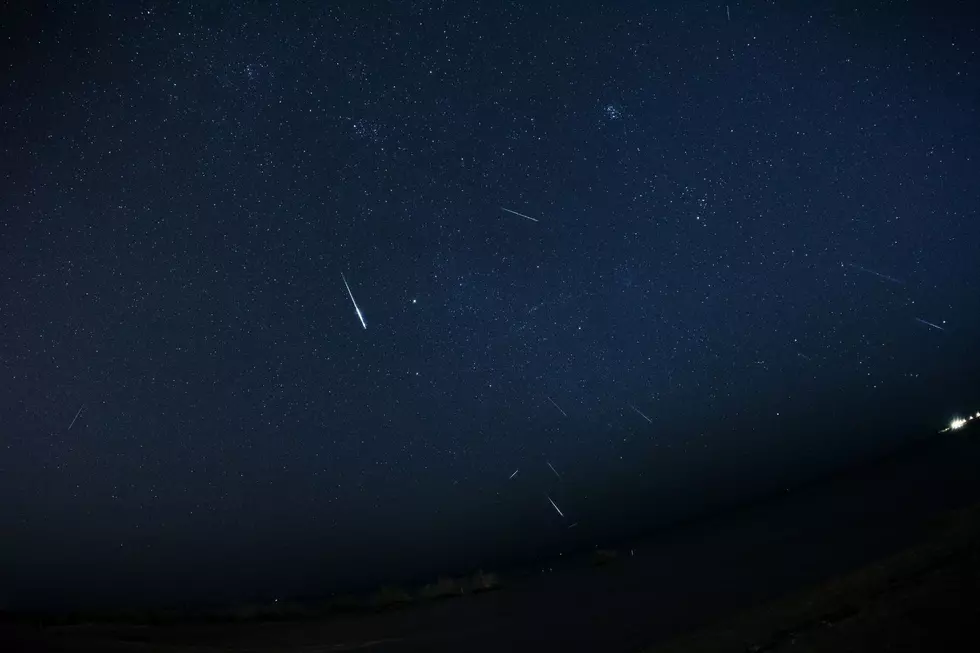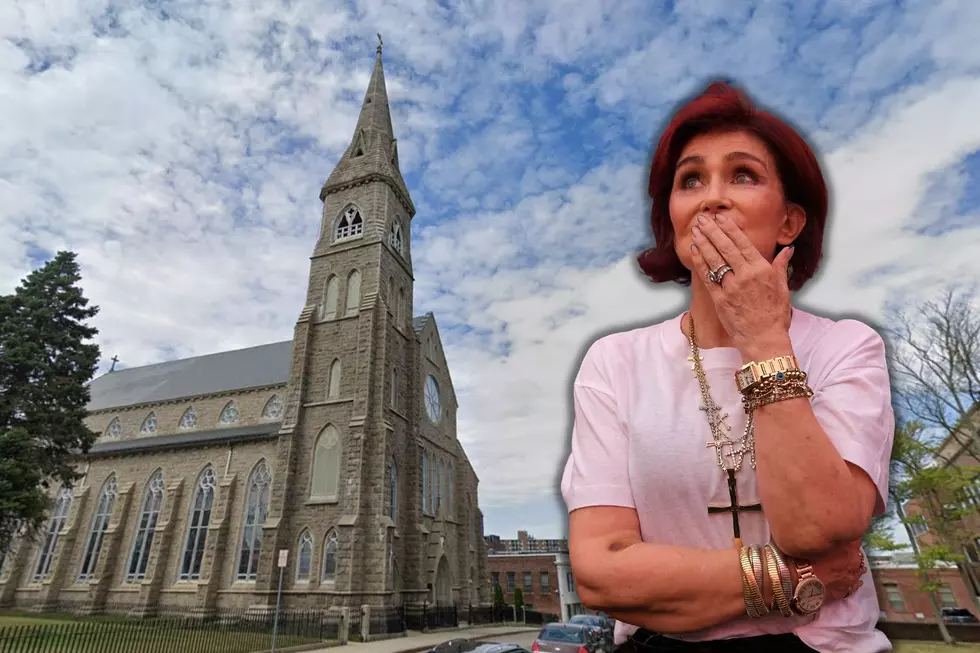
Shooting Stars Will Be Visible This Weekend Thanks to Orionid Meteor Shower
In the overnight hours of Oct. 21-22, the second meteor shower of the month will streak across the sky and give people down below a reason to stargaze.
The Orionid Meteor Shower will make itself known later this week, thanks to one of the most famous comets that we haven't seen since 1986.
The Orionids
According to the Farmers Almanac, the Orionids are an “annual meteor shower caused by debris from the most famous of all comets, Halley’s Comet.”
The comet was last seen over 30 years ago and will return in 2061.

“Each time that famous comet passed around the Sun, it would leave in its wake a trail of cosmic dust and grit along its orbit,” the Almanac explained. Earth is closest to Halley’s orbit every October, getting us closer to comet debris.
Thanks to friction and particles rushing into the atmosphere at 40 miles per second, the effect is of shooting stars flying across the night sky.
When Can We See The Orionid Meteor Shower?
The highest period of activity will be Friday, Oct. 21, and can be seen with the naked eye.
For the best chance of getting a glimpse, set an alarm and prepare to stargaze between 4 and 5 a.m. Observers will be able to see anywhere from 10 to 30 meteors per hour.
Predicted Weather for This Weekend
As of right now, the weather report for Friday evening is promising, with clear skies and light winds. But don’t forget, we live in New England. Fingers crossed for clear skies over the SouthCoast this weekend so we can take in the beauty and amazement of a meteor shower.
Need a place to stargaze? Keep scrolling for some ideas.
LOOK UP: 10 Spots on the SouthCoast to Stargaze
LOOK: 31 breathtaking images from NASA's public library
More From WFHN-FM/FUN 107








![New Bedford Dog Hopes to Bring His Friendly Energy to a Forever Family [WET NOSE WEDNESDAY]](http://townsquare.media/site/519/files/2023/11/attachment-Untitled-design-88.jpg?w=980&q=75)
